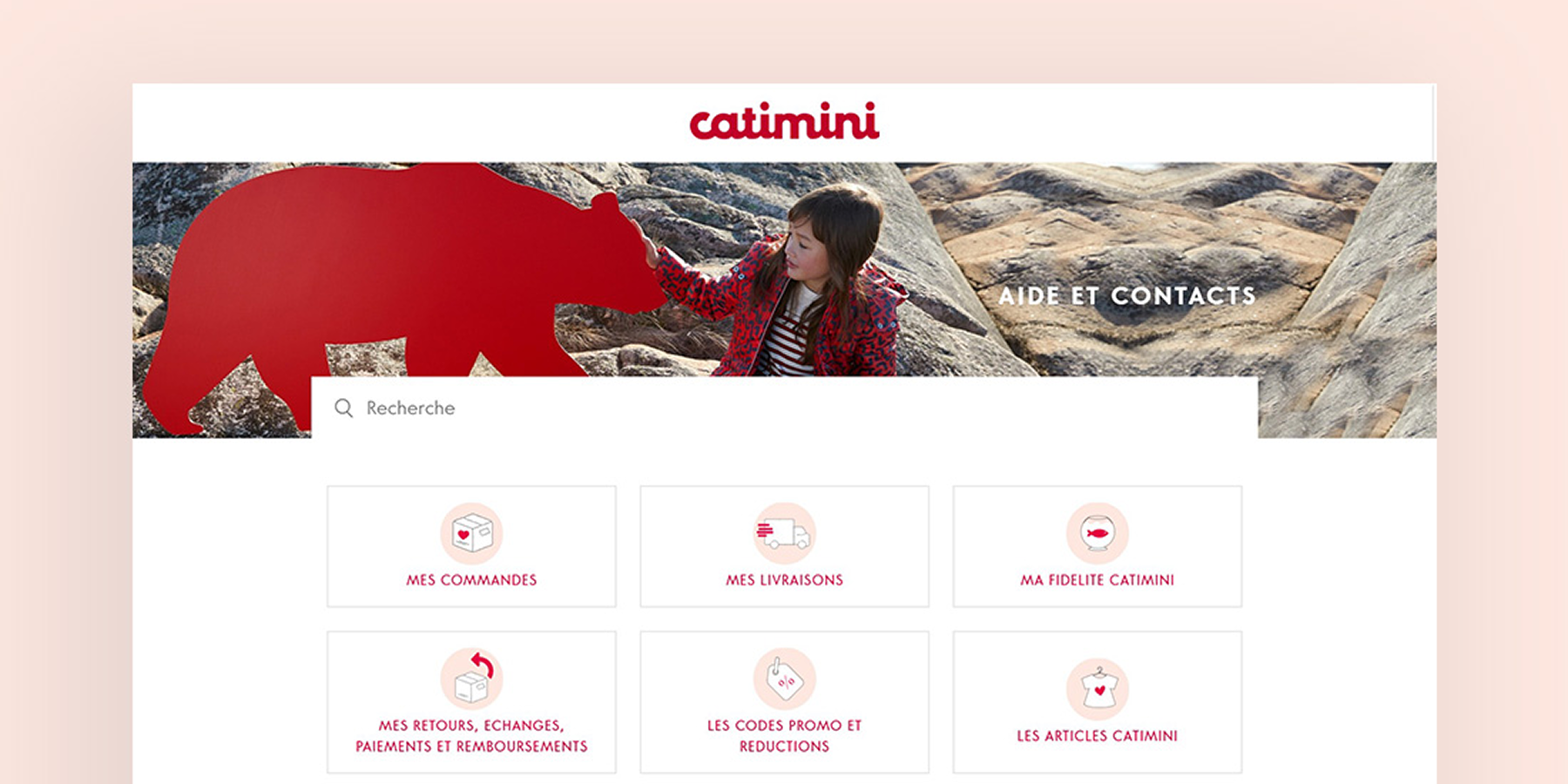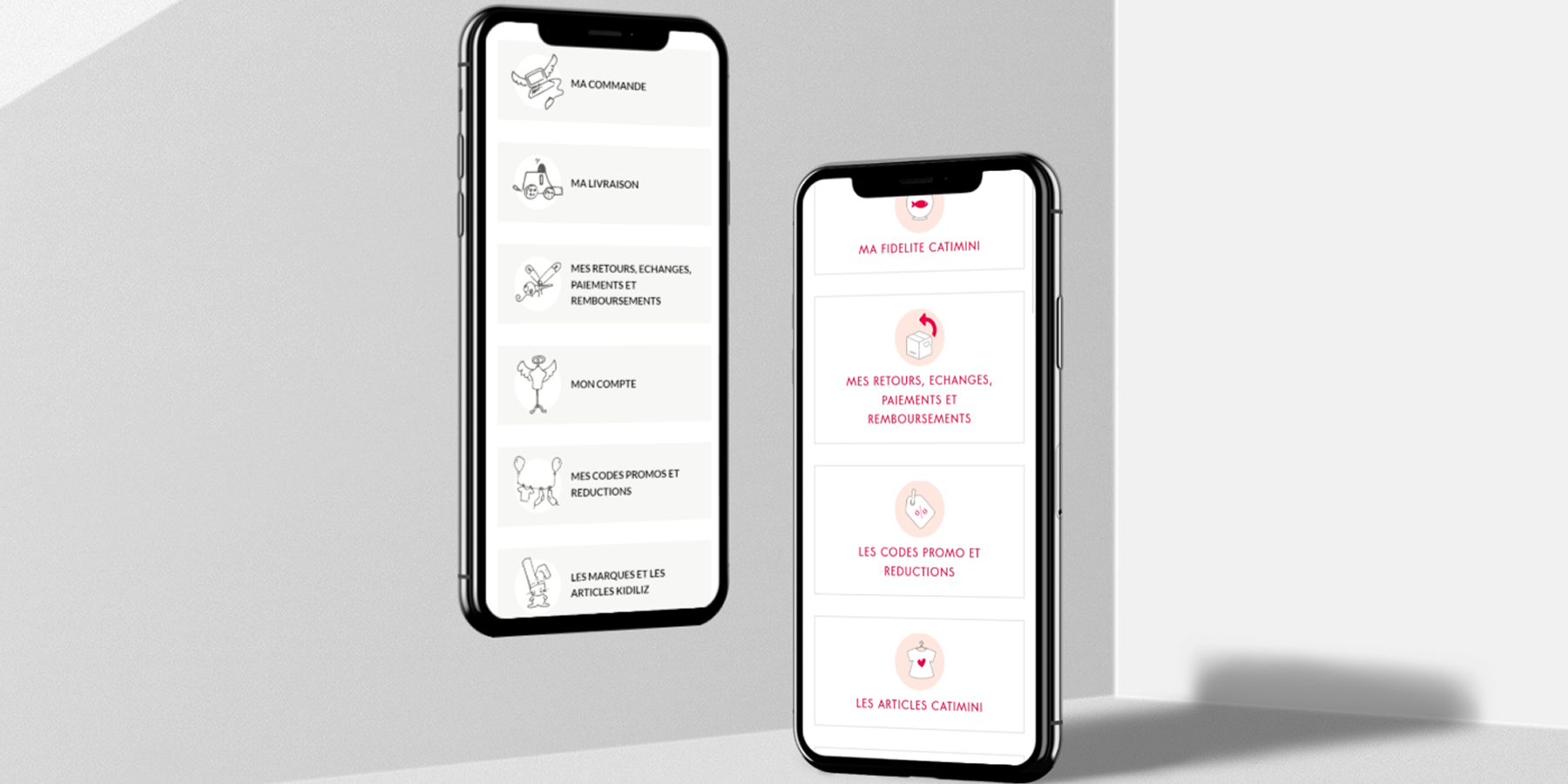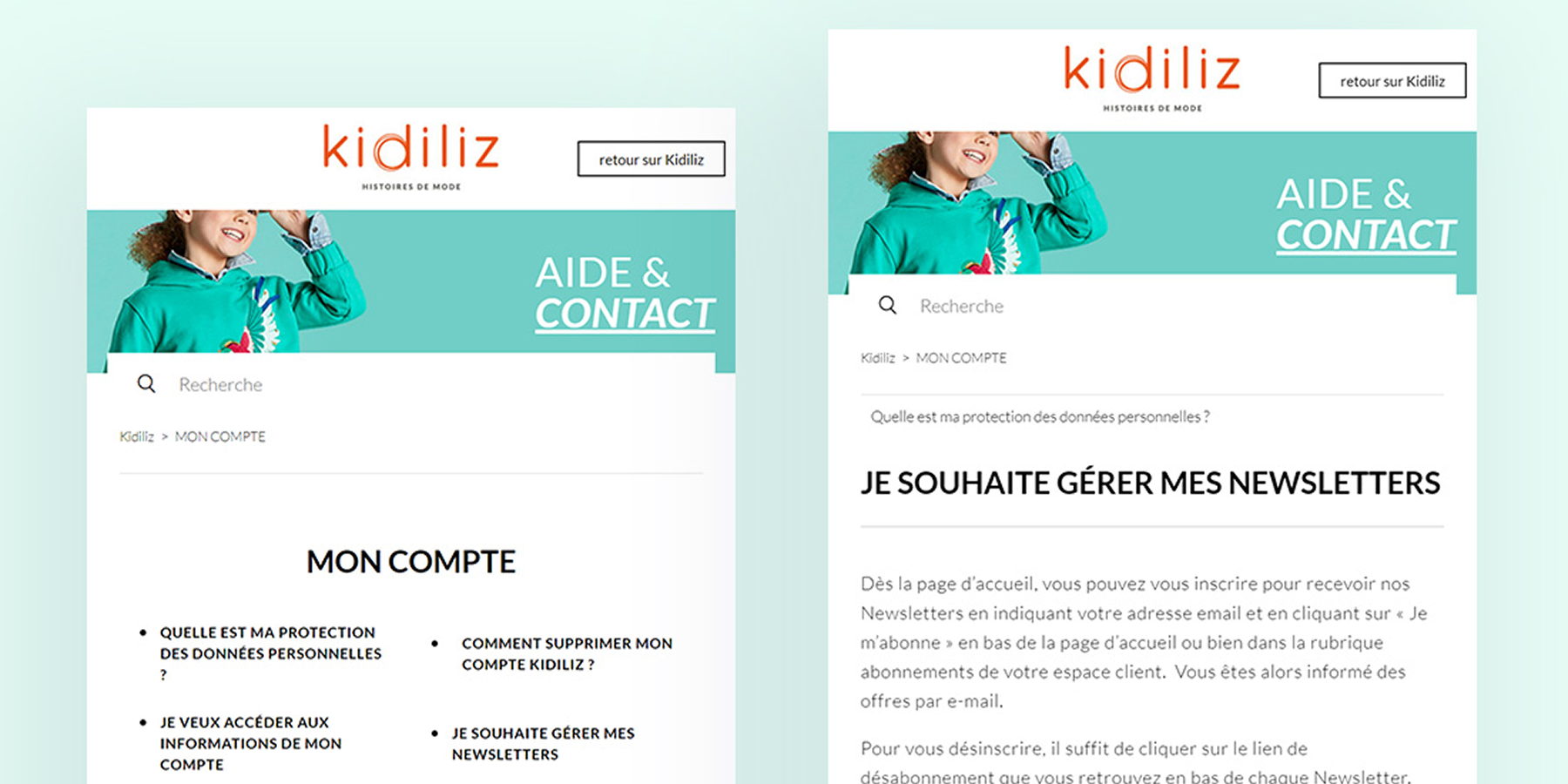When our FAQ became our secret weapon against support bootleneck
When our FAQ became our secret weapon against support bootleneck
The support team was overwhelmed. So we built a better FAQ—with only 3 days of dev time.
- 30 May 2025
- ⋅
- 4 min read
During peak sales periods, our customer support team at Kidiliz Group was overwhelmed. Five brands. Thousands of repetitive inquiries. And no bandwidth to hire more staff.
As a Product Owner, I was tasked with solving this without touching core dev capacity. No new tools. No custom tech stack. Just three days of development resources.
What we did instead was transform the humble FAQ into a strategic growth lever—cutting seasonal support calls by 79%, driving SEO traffic, and improving customer satisfaction across five e-commerce brands.
Here’s how we turned a content overhaul into an operational revolution.




A user-focused FAQ redesign: built for clarity, user autonomy, and measurable impact.
Customers Weren’t Finding Answers—And It Was Costing Us
We started by analyzing the friction points :
- 70%+ abandonment rates on help and information pages.
- Thousands of tickets on repeat topics like returns, sizing, and shipping delays.
- Customer complaints about slow responses during high-volume periods
- And support agents frustrated from answering the same 10 questions—every day.
Worse, competitors like Jacadi were using structured FAQ pages to both answer customer questions and rank on Google, giving them a double advantage.
We were behind—both on CX and SEO.
Resource Constraints Sparked Smarter Thinking
With only three dev days available, we focused on efficiency over complexity.
Instead of building from scratch, we repurposed Zendesk—already in place for internal support—and made it our front-facing FAQ engine.
Key decisions :
- Search-first UX: Predictive search showed relevant questions as users typed.
- Content rewrite: Simplified, brand-aligned answers replaced jargon-heavy copy.
- Cross-brand design system: Unified architecture, distinct look for each brand.
- Structured intake: A form helped qualify issues before ticket submission.
No deep integrations. No custom CMS. Just smart usage of what we had.
Tiny Tech Footprint, Substantial operational gains
The results were rapid and measurable.
2,300+
FAQ Page Visits
-79%
Support Calls (Winter Sales) and no need for extra hires
But the most transformative outcome ? Our agents could now focus on complex, high-value interactions, not repeat questions.
The Strategic Lessons We Didn't Expect
Customer autonomy Isn’t Just Support—It’s Business Strategy
- Conversion rates rose +4.3% thanks to clearer info at the right time.
- Return rates dropped -3.8% due to better expectation-setting.
- SEO-fueled traffic—without paid ads.
Standardization Drives Scale
By aligning FAQ structures across brands, we simplified training and improved agent mobility.
"We onboard new agents in half the time now” said our training manager.
SEO and Support Can Work Together
FAQ visitors converted 15% more than average visitors. Why? Because we addressed their objections at the perfect moment in their journey.
What’s Next: Scaling the Impact
Here’s how we’re extending the strategy:
- Quarterly FAQ optimization sprints based on support ticket analysis.
- Chatbot integration using the FAQ base as a knowledge layer.
- Department-wide ownership of self-service content, not just support.
- Tracking FAQ contribution to conversion and SEO growth.
Final Takeaway : Self-Service Is an Experience, Not a Feature
By treating self-service as a strategic experience layer—not a cost-reduction patch—we unlocked growth, efficiency, and better brand perception.
And we did it without a line of new code, a new tool, or a big budget.
If you’re a Head of Product looking to scale support without scaling headcount, start by asking: is your FAQ doing enough for your customers—and your business?


